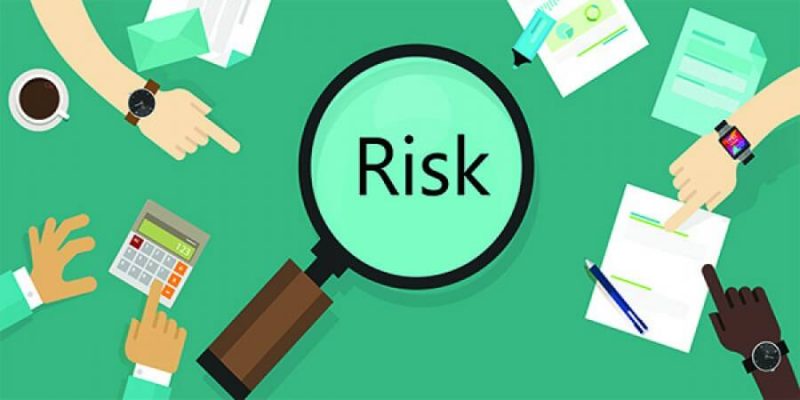Risks are generally classified according to types because different types of risks have other relevant features when determining how they are controlled.
Risk management is a term commonly used in business, but the definition of risk varies depending on who you talk to. While some people think the risk can go wrong, others believe it’s more about benefits and opportunities. This article will discuss the three types of risks in risk management so you can be prepared for whatever comes your way.
What is Risk Management?
Risk management is the process of identifying, assessing, and controlling risk. It includes methods for analyzing risks, taking action to avoid or minimize risks, monitoring the remaining risks to determine if action should be taken to reduce or eliminate them, effectively communicating risk-related information so that potential loss can be avoided.
Types of Risks
1. Financial Risk – the possibility of losing money
Financial risks in a business include credit extended to customers and your own company’s debt load. Interest rate fluctuations can also be an issue for the profitability of certain projects or companies because they affect what loans we receive from banks.
But many strategies will help reduce financial risk, such as keeping bank loans at minimum levels (debt), creating plans with short term goals like paying off part-time employees rather than full-time ones; using different financing methods such as taking out small mortgages on properties instead big fat advance payments against future income streams, etc.
2. Operational Risk – a breakdown in a company’s operations
This business risk can occur due to various factors. Any unexpected event can occur that causes you to lose your physical business. It can be fires and natural disasters which destroy data storage equipment. It can also be server outages due to technical problems with IT systems (such as power cuts), people errors/failures costing time & money, respectively.
These are just some examples! Whatever internal/externals Operational risks maybe there’s no doubt they will have adverse impacts on each respective enterprise financially-wise so take necessary precautions before it
3. Strategic risk- an event that threatens a company’s strategy

Businesses should always be looking for ways to improve their service. After all, there’s no such thing as a perfect company in the world of business, and competition will never die down entirely! However, if you’re doing something right now but neglecting what could potentially set your organization apart from its competitors, then it may just start going downhill faster than expected before too long.
Especially with so many new startups popping up every day across different industries seeking out customers who are readymade exactly where they need them most: needy yet lucrative prey. It can quickly become difficult not only to identify opportunities missed by other companies’ strategies but also to find enough time on top of everything else we have already
4. Environmental Risks – events outside of the company
It is important to watch the economy and how it changes because it will better understand your customers’ needs. A company’s sales can vary significantly in response to poorly-timed economic events like downturns or booms.
There isn’t always a clear correlation between what type of event occurs on Wall Street (such as an increase) versus something else with more psychological impacts, such as closing down stores.
5. Reputational Risk – when there is damage to a company’s reputation
Social media has revolutionized how a company can be negatively impacted by customer reviews, bad press, or litigation. Just one negative tweet is now virtually impossible to ignore, especially with today’s 24-hour news cycle. You shall be prepared to identify, face and tackle all kinds of reputational risks.
Unhappy customers might lash out at their products through social platforms posting poor quality items and how they were refunded after purchase, yet others bought anyway. Therefore, it is important for a business to look at different causes and try to mitigate them.
6. Compliance Risk- the chance to find and report wrongdoings to authorities
The business owner’s name is often their most valuable asset. As top position holders, they need to comply with regulations. It can help protect this major investment by minimizing risks associated with fines and penalties if non-compliance occurs. A hefty price tag awaits any company that does not meet these stringent guidelines – so don’t put yourself or your employees at risk!
Risk Management Takeaway
A company could face many types of risks, and it’s vital to be aware of all these different kinds to plan for them effectively. From financial to environmental, knowing what kind of risk your company is exposed to can help you mitigate the potential damage and make better business decisions that could save time and money. This article has explained the types of risks in risk management key points. Consider them when thinking about risk management strategies within your organization or business venture.

Matthew is a Co-Founder at BusinessFinanceArticles.org. Matthew was a floor manager at a local restaurant in Wales. He lost his job after the pandemic and took initiative to make a team and start the project.
Leave a Reply